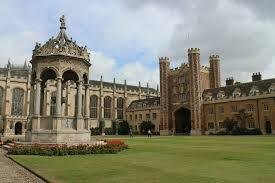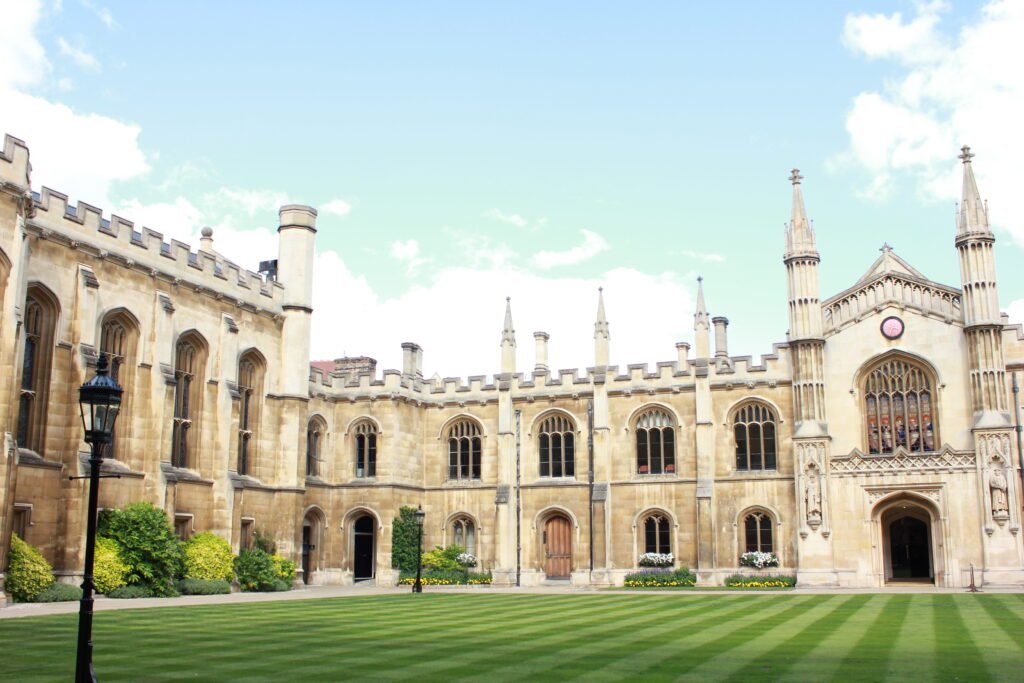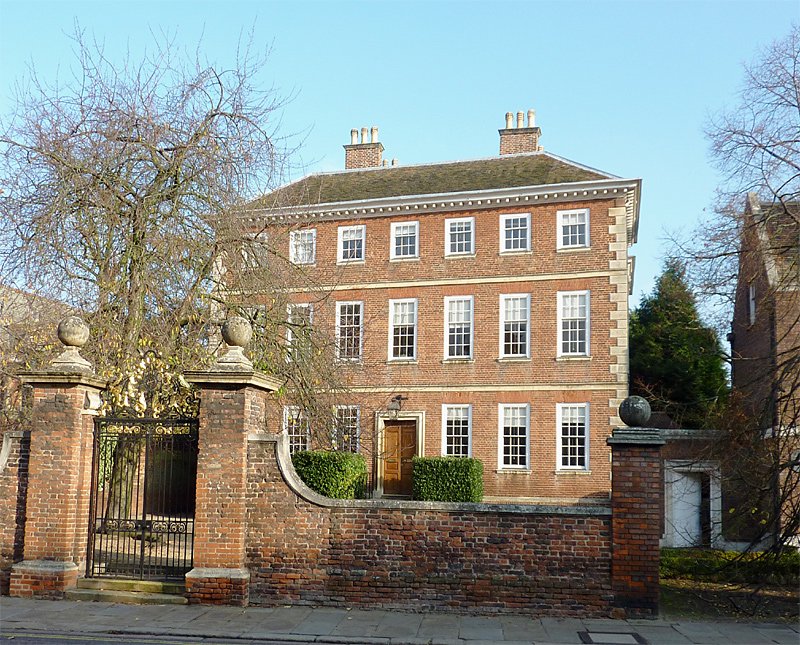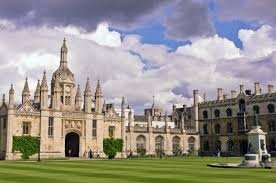Which historic colleges in Cambridge were once linked to early industrial innovation or mechanical research?

Cambridge is renowned across the world as the centre of intellectual inquiry, a place where cutting-edge innovation and centuries-old learning customs collide. Few people are aware that Cambridge’s mediaeval colleges also had a significant influence on the Industrial Revolution and contemporary engineering theory, despite the city’s most well-known contributions to mathematics, philosophy, and literature. Within the walls of Cambridge’s great colleges, the first connections were made between theory and practice, between science and mechanical innovation.
This article examines Cambridge’s historic colleges, which set the stage for early industrial invention, mechanical research, and scientific advancement that changed not just Britain but the entire world.
1. The Cradle of Engineering Thought: Trinity College
One of the most prominent universities in Cambridge, Trinity College is a shining example of brilliance in science and engineering. King Henry VIII founded the college in 1546, and it has produced some of the finest scientists in history, such as Sir Isaac Newton, whose contributions to motion, gravity, and optics laid the foundation for mechanical physics.
Even though Newton lived long before the industrial revolution, engineers and innovators of the 18th and 19th centuries were greatly influenced by his laws of motion and mechanical principles. His findings served as the theoretical foundation for machine mechanics, bridge construction, and the development of steam engines.

Later, Trinity was home to individuals like Charles Babbage, who is frequently referred to as the “father of the computer.” Babbage developed mathematical machines that foresaw automation and contemporary computing, two pillars of industrial and mechanical study.
2. St. John’s College: Connecting Practical Engineering and Mechanics
St. John’s College, which was established in 1511, made a substantial contribution to early mechanical research and applied science. Cambridge saw a significant intellectual transition in the 19th century, shifting from classical studies to applied sciences. St John’s was among the first to promote engineering as a field of study, integrating mechanics and mathematics to address practical issues.
Important contributions to thermodynamics and electromagnetic were made by alumni like James Clerk Maxwell and William Thomson (Lord Kelvin), both of whom had strong academic ties to St. John’s. Later, Maxwell’s equations impacted the creation of electric motors and generators, which are essential components of industrial machinery.

St. John’s became a centre for mechanical curiosity and useful invention by supporting the establishment of labs and workshops that promoted practical experimentation.
3. Sidney Sussex College: Mechanical Design’s Ascent
Sidney Sussex College has a long history in engineering and applied sciences despite its diminutive size. It was founded in 1596 and drew academics who were interested in mechanical drawing, physics, and geometry.
Sidney Sussex gained recognition for its contributions to mechanical design principles throughout the Industrial Revolution that swept through Britain in the 19th century. Numerous fellows and students pursued research that connected pure mathematics to civil engineering, architecture, and machine building.

Notably, Sidney Sussex alumni Sir John C. Burrow designed precise equipment for early mechanical research, which had an impact on Cambridge’s and other universities’ laboratory developments.
4. Early Experimental Mechanics at Corpus Christi College
Founded in 1352, Corpus Christi has one of Cambridge’s oldest engineering ties. Its academics were among the first to investigate mechanical philosophy, which predates formal engineering and includes the study of motion, levers, pulleys, and force.
Corpus Christi’s fellows worked with the recently established Cambridge Philosophical Society in the 18th and 19th centuries, which developed into a hub for industrial innovation. Members developed practical inventions by studying hydraulic principles, mechanical power, and steam pressure.

Corpus Christi bridged the gap between scholarly inquiry and practical application through these early trials.
5. Clare College: The Meeting Point of Engineering and Architecture
Clare College, which was established in 1326, has a special place in Cambridge’s mechanical history. Although Clare is most known for its stunning architecture, it also played a significant role in the integration of structural engineering and design, which is crucial to the advancement of industry.

Clare’s academics worked with the newly formed Department of Engineering in the 19th century, applying physics, mechanics, and material strength concepts to civil structures and architecture. Clare’s lectures on mathematics and mechanics provided a fundamental education for many early surveyors, railway engineers and bridge designers.
During the Victorian era, the college’s long-standing collaboration with industrial firms contributed to the modernisation of construction methods by fusing mechanical accuracy with artistic expression.
6. Pembroke College: An Institution for Scientific Research
Since its founding in 1347, Pembroke College has been a hub for scientific research. Early fellows carried out physics and chemistry research that subsequently impacted industrial processes like chemical manufacture, combustion, and metallurgy.

Despite being a statesman, one of its renowned alumni, William Pitt the Younger, was a fervent supporter of scientific education reform in the late 18th century and supported funding for Cambridge’s engineering programs and labs. This inadvertently encouraged technological development and mechanical innovation at the university.
7. Gonville and Caius College: The Development of Mechanical and Biomedical Interfaces
Gonville and Caius College, which was established in 1348, is strongly linked to mechanical comprehension and scientific accuracy. The college produced engineers and doctors who investigated the relationship between mechanics and human physiology during the 19th and early 20th centuries, which resulted in improvements in mechanical equipment and medical instruments.

Both industrial engineering and healthcare technologies benefited from these advancements. The college’s focus on measurement and experimentation led to more precise machine design, which had an impact on mechanical calibration tools and industrial machinery.
8. Downing College: Modern Mechanics’ Scientific Spirit
Despite being founded later in 1800, Downing College was among the first universities in Cambridge to adopt contemporary science instruction, including mechanical and civil engineering. In order to prepare students for a Britain that was rapidly industrialising, the institution actively sponsored the teaching of mechanical drawing, material sciences, and industrial chemistry.

Its tight ties to the Cambridge Engineering Department promoted cooperation between theoretical study and practical design, which was essential to the industrial advancement of the 19th century.
9. Peterhouse: The Experimental Engineering Foundation
Founded in 1284, Peterhouse is the oldest college in Cambridge and has left a lasting impact on the intellectual and mechanical advancement of the city. George Stokes, a renowned mathematician and physicist whose research on fluid dynamics and light behaviour advanced hydromechanics and optical engineering, received backing from Peterhouse during the 19th century.

Key sectors of contemporary mechanical research, such as shipbuilding, aerodynamics, and subsequently optical instrument manufacture, were impacted by these discoveries.
10. King’s College: From Mechanical Realities to Mathematical Theories
King Henry VI founded King’s College in 1441, and it gained notoriety for connecting mathematics and industrial applications. Several of its fellows made significant contributions to material analysis, aerodynamics, and mechanical computation in the late 19th and early 20th century.

Early research on engines, turbines, and stress analysis started at Cambridge’s fledgling Engineering Laboratory, where King’s academics took part. The industrial and transportation revolutions in Britain were directly influenced by their efforts.
Conclusion: Cambridge: The Meeting Place of Mechanics and Mind
Beyond merely imparting theoretical knowledge, Cambridge’s historic colleges fostered an atmosphere that transformed scientific curiosity into mechanical reality. The world’s understanding of motion, machinery, and material science has been influenced by Cambridge’s colleges, from Maxwell’s equations at St. John’s to Newton’s laws at Trinity, and from Clare’s architectural experiments to Peterhouse’s fluid dynamics.
The Department of Engineering at the University of Cambridge, one of the top hubs for innovation in the world, carries on their legacy today. Engineers, inventors, and dreamers who view the past not as history but as a guide for the future are still motivated by the same energy that once propelled early mechanical study.
